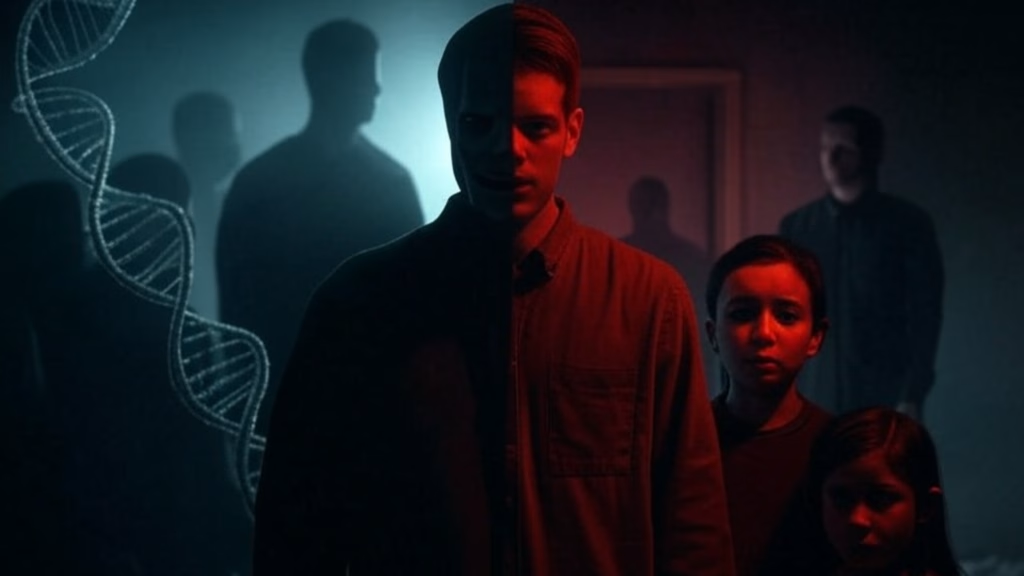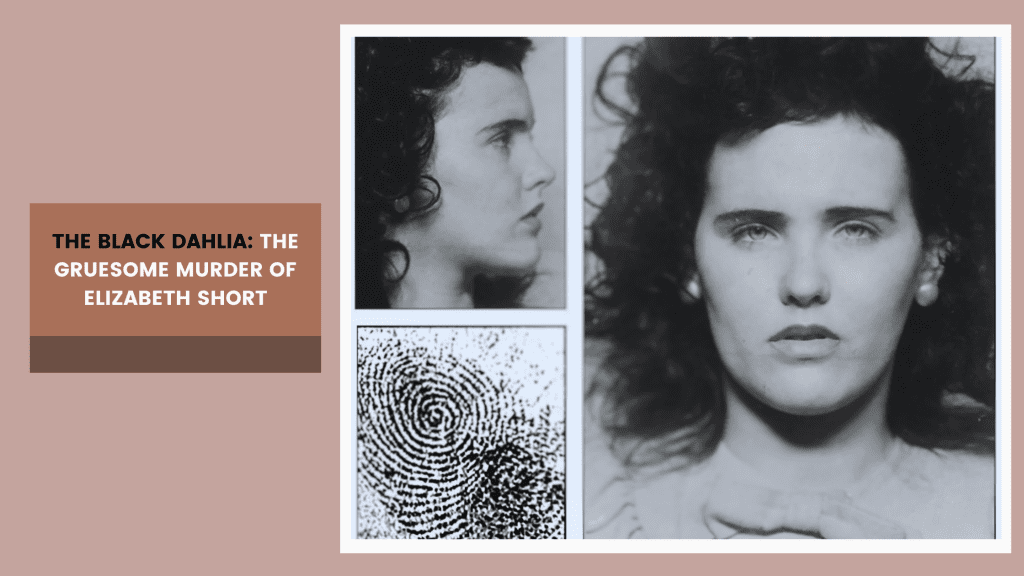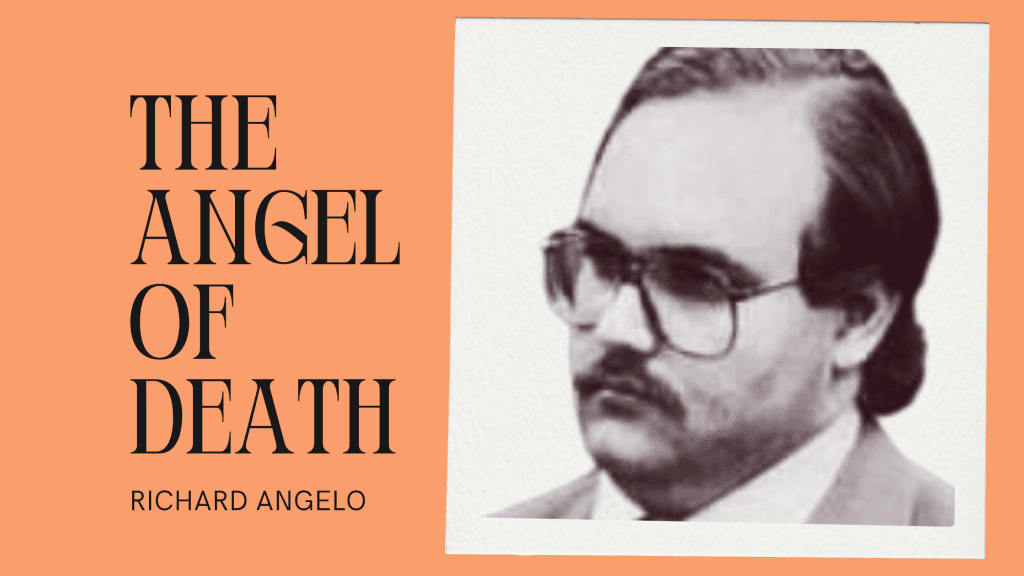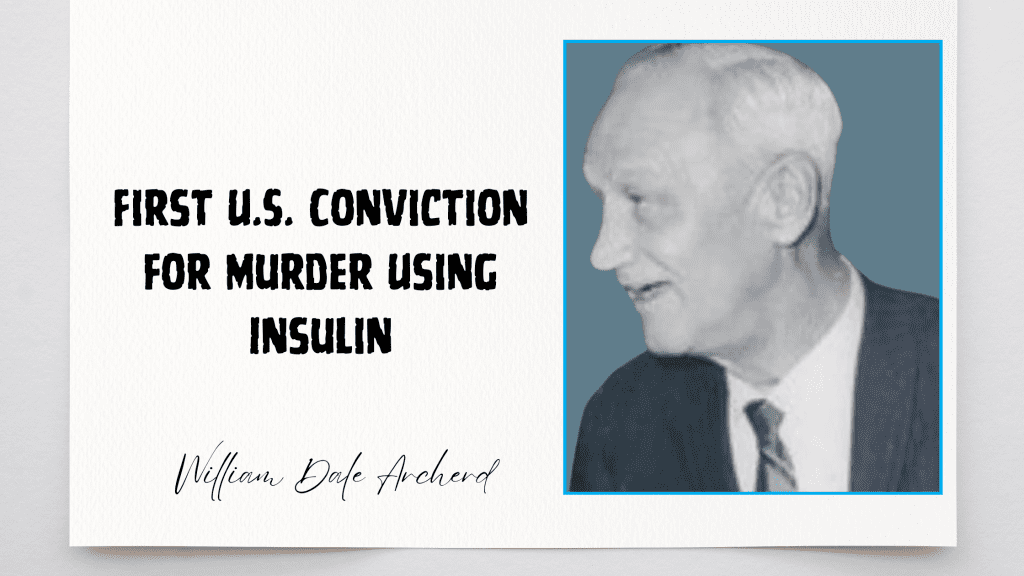The age-old debate of whether serial killers are born with a predisposition to violence or are shaped by their environment continues to fascinate and horrify. This article delves into the psychological signs, genetic factors, and societal influences that contribute to the making of a serial killer, exploring the haunting question: Are Serial Killers Born or made?
Nature vs. Nurture: The Biopsychosocial Puzzle
Serial killers are not products of a single cause but rather a complex interplay of biology, psychology, and environment. Dr. Casey Jordan, a criminologist with decades of research, emphasizes the biopsychosocial model:
- Biology: Genetic predispositions, such as genes linked to psychopathy, may increase the risk of violent behavior.
- Psychology: Traits like a lack of empathy, thrill-seeking tendencies, and pathological lying are common.
- Environment: Childhood trauma—particularly abuse, neglect, or maternal maltreatment—often serves as a catalyst.
For example, Melissa Moore, daughter of the “Happy Face Killer,” recounts how her father’s dual persona—a loving parent and a torturer of animals—highlighted early red flags ignored by those around him.
Childhood Red Flags: The “Serial Killer Trifecta”
Experts identify three early warning signs, known as the serial killer trifecta, observed in many notorious criminals:
- Animal Torture: Harming animals is a hallmark of future violent behavior. As Dr. Jordan states, “There’s no reason a healthy brain would inflict suffering on living creatures.”
- Bedwetting (Enuresis): Often linked to untreated trauma or nightmares from abuse.
- Fire-Setting: A desire for control and power, even in young children.
These behaviors, combined with adverse childhood experiences, create a dangerous foundation for future violence.
Read more: Terrifying Last Words of Serial Killers
From Trauma to Terror: How Abuse Shapes a Killer
Many serial killers, like Aileen Wuornos or Ted Bundy, endured severe childhood abuse. Dr. Christa Jordan, a clinical psychologist, explains:
“A child betrayed by their primary caregiver—the person wired to protect them—develops a fractured sense of morality. This betrayal fuels rage and a need for dominance.”
This trauma often manifests in adulthood as a compulsion to reenact control through violence, targeting vulnerable groups like sex workers, children, or the homeless.
The Four Typologies of Serial Killers
Serial killers are categorized into four psychological profiles:
- Visionary Killers: Driven by delusions or mental illness (e.g., schizophrenia).
- Power/Control Killers: Motivated by dominance and insecurity (e.g., Dennis Rader, the “BTK Killer”).
- Hedonistic Killers: Seek thrill or sexual gratification (e.g., Jeffrey Dahmer).
- Mission-Oriented Killers: Believe they’re “ridding society” of a group (e.g., Gary Ridgway).
These typologies reveal that while motives vary, the absence of empathy remains a constant thread.
The Ripple Effect: Families and Society
The impact of serial killers extends beyond their victims. Melissa Moore’s podcast, Life After Happy Face, sheds light on the lifelong trauma for families:
“I slept in the room where my father murdered his victims. The grief and guilt never leave.”
Society’s obsession with true crime, meanwhile, stems from a desire to understand and avoid danger. As Dr. Jordan notes, “We study these cases to arm ourselves against becoming victims.”
Conclusion: Born or Made—A Question Without Easy Answers
The debate: Are Serial Killers Born or Made? resists a simple answer. While genetics may lay the groundwork, it is often childhood trauma and societal failures that ignite the fuse. Understanding these factors is crucial for early intervention and prevention.
By recognizing red flags, advocating for mental health support, and protecting vulnerable populations, society can chip away at the conditions that breed such darkness.




